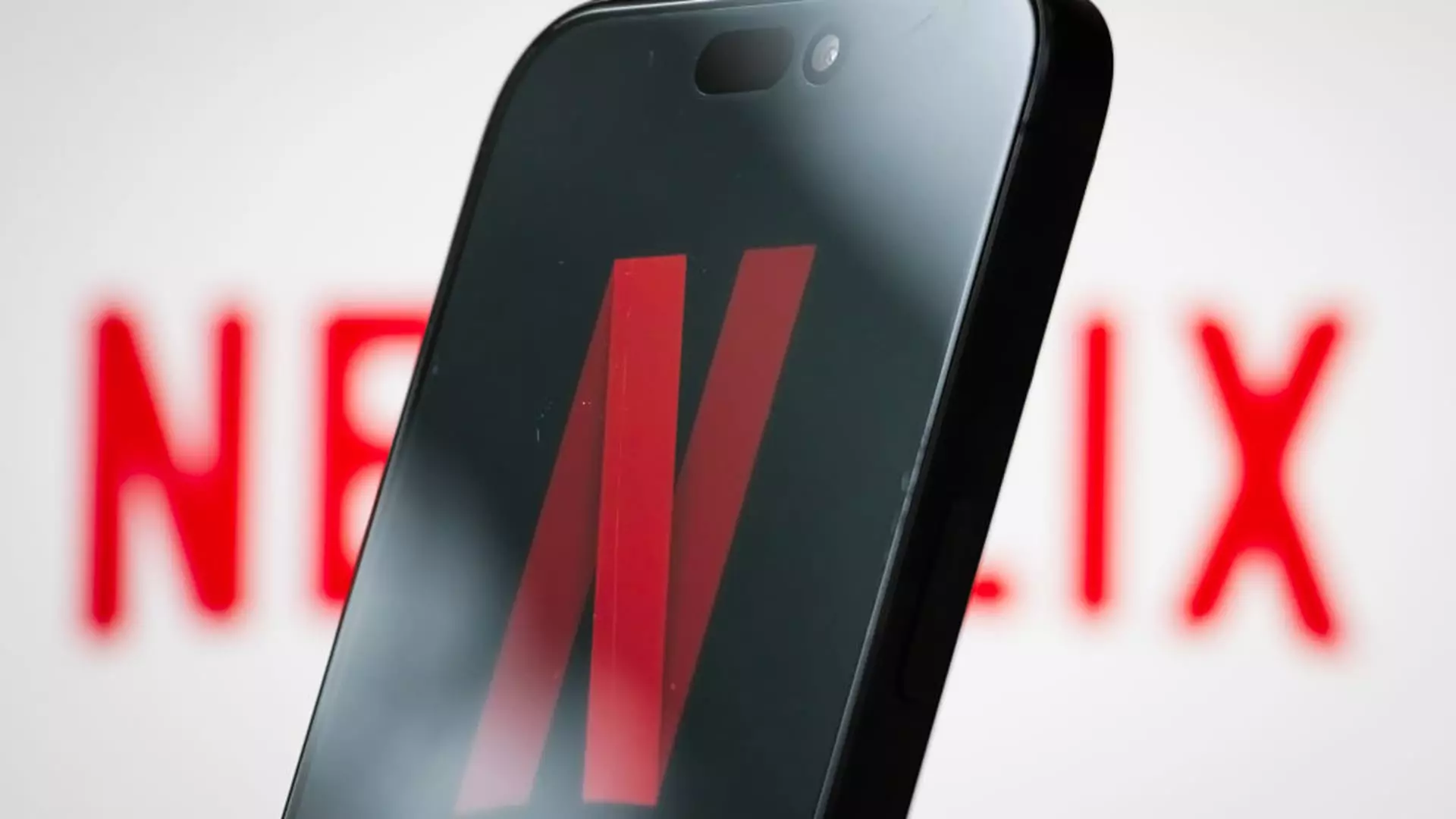In an unprecedented move, Netflix recently revealed a significant revamp of its homepage experience, an initiative that aims to reclaim its dominance in a fiercely competitive streaming landscape. It’s crucial to recognize that the current streaming milieu isn’t just about content; it’s about how consumers interact with that content. With competitors like Max and Disney+ actively vying for market share, the need for innovation cannot be understated. Netflix is taking a definitive step forward, understanding that mere library size is not enough; user engagement must be transformed to keep pace with evolving viewer preferences.
Vertical Stages: Embracing Mobile Culture
Transforming user experience, Netflix is integrating a vertical video feed, aligning itself with the viewing habits most familiar to today’s audience. This move speaks volumes about the cultural zeitgeist—where social media giants like TikTok have shaped the way we consume video content. Netflix’s decision to incorporate this format isn’t just a superficial modification; it’s a recognition that in a mobile-first world, adaptability is survival. The horizontal format that once dominated our screens is being set aside in favor of something that caters to quick consumption and sharing. This shift inherently acknowledges the power of social sharing in the modern age, thereby enhancing community engagement around content.
Smarter Decisions via AI: The Tech Double-Edged Sword
Moreover, the inclusion of generative artificial intelligence in content curation offers a glimpse into the future of personalized entertainment. In partnership with OpenAI, Netflix aims to understand viewer preferences deeply, hoping to respond in real-time to their moods and interests. This is where my mixed feelings emerge. While the promise of tailored recommendations can create engaging experiences, the implications of surveillance capitalism cannot be overlooked. Are we sacrificing our privacy for convenience? As algorithms dictate our viewing choices, we must tread carefully to ensure that we don’t lose the agency to explore outside our preferences.
The Battle for Retention: Rethinking Loyalty
In a span of just a few months, Netflix’s recent strategies, from introducing an ad-supported tier to cracking down on password sharing, showcase a desperate need for customer retention. After a plateau in subscriber growth, Netflix’s responses may stem from fear more than from a pioneering spirit. This leads me to question the company’s long-term vision: Are these short-sighted solutions designed just to hike numbers temporarily, or do they signal a deeper understanding of today’s subscriber expectations and market trends?
Despite these changes, Netflix celebrated reaching 300 million paid memberships, indicating a rebound in user engagement. But the real test lies ahead. A spike in subscriptions is welcome, but sustainable profitability requires maintaining customer satisfaction amidst constant strategizing. It invites the question: Can Netflix retain viewers with mere updates, or must it secure innovative, long-term solutions?
The Consumer Experience: More Than Just Clicks and Views
The user interface overhaul, which has not seen a major redesign in several years, indicates that Netflix recognizes its limitations. However, the need for ease of navigation and accessibility raises another critical point: Is this push towards more visible shortcuts simply a band-aid? While it’s positive to make content accessible, the responsibility lies in ensuring that these changes foster genuine exploration of the extensive library Netflix has to offer. If the interface merely leads users back to mainstream favorites, we risk losing that vibrant sense of discovery that once defined the platform.
While the changes Netflix is undertaking may resonate positively in the short term, the deeper implications are fraught with complexity. The way we consume media is changing, necessitating bold moves from platforms like Netflix that are willing to take risks. As they navigate this intricate web of consumer expectations, technological advancements, and competitive pressures, time will reveal if these modifications are enough to secure their place atop the streaming world or merely mark another chapter in a rapidly evolving saga.

